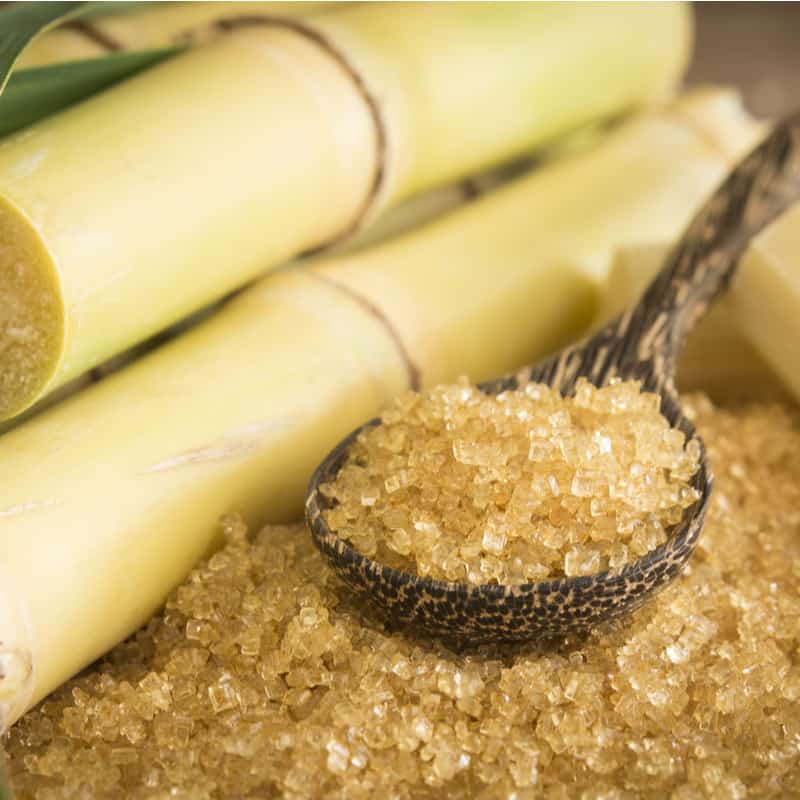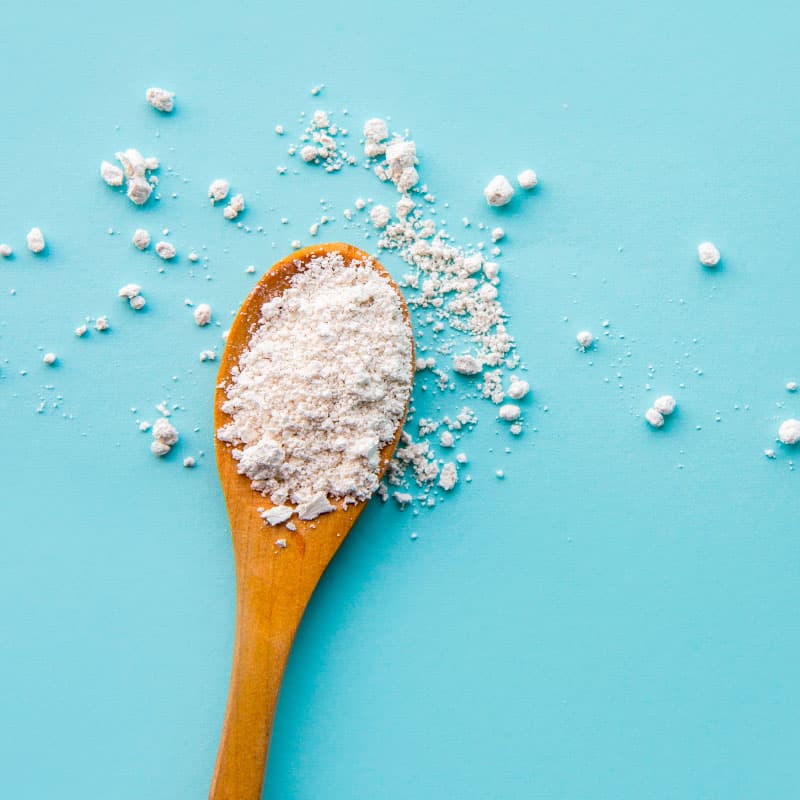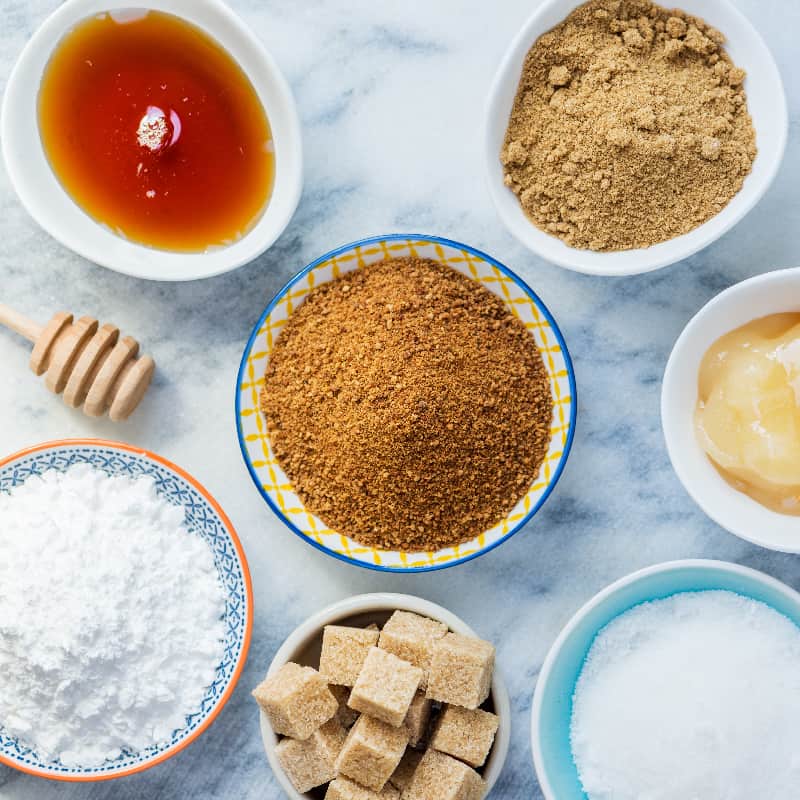This Dr. Axe content is medically reviewed or fact checked to ensure factually accurate information.
With strict editorial sourcing guidelines, we only link to academic research institutions, reputable media sites and, when research is available, medically peer-reviewed studies. Note that the numbers in parentheses (1, 2, etc.) are clickable links to these studies.
The information in our articles is NOT intended to replace a one-on-one relationship with a qualified health care professional and is not intended as medical advice.
This article is based on scientific evidence, written by experts and fact checked by our trained editorial staff. Note that the numbers in parentheses (1, 2, etc.) are clickable links to medically peer-reviewed studies.
Our team includes licensed nutritionists and dietitians, certified health education specialists, as well as certified strength and conditioning specialists, personal trainers and corrective exercise specialists. Our team aims to be not only thorough with its research, but also objective and unbiased.
The information in our articles is NOT intended to replace a one-on-one relationship with a qualified health care professional and is not intended as medical advice.
Sacha Inchi: Super Seed Packed with Protein and Omega-3s
August 1, 2025

Sacha inchi may be one of the healthiest superfoods you’ve never heard of. Often called the “Incan peanut,” this star-shaped seed has been used for centuries in traditional Amazonian diets.
Today, it’s gaining global popularity as a nutrient-dense, plant-based protein and a rich source of essential fatty acids, particularly omega-3s.
With benefits that support heart health, brain function, weight management and more, sacha inchi is making its way into protein powders, oils, snacks and dietary supplements.
So what exactly is it, and how can you incorporate it into your wellness routine? Let’s find out.
What is sacha inchi?
Sacha inchi (Plukenetia volubilis) is a plant native to the Amazon rainforest, particularly Peru. It produces small, green, star-shaped pods that house edible seeds.
Although often referred to as nuts, sacha inchi seeds are technically seeds (not tree nuts), which makes them a safer alternative for those with nut allergies.
For thousands of years, indigenous communities in South America have consumed sacha inchi for its energy-boosting and medicinal properties. Today, the seeds are typically roasted and eaten as snacks, ground into powder for smoothies, or cold-pressed into oil used for culinary or supplement purposes.
Nutrition facts
A 10-gram serving of sacha inchi seeds contains approximately:
- Calories: 70
- Total Carbohydrates: 1 g
- Fiber: 1 g
- Total Fat: 5 g
- Saturated Fat: 0.4 g
- Polyunsaturated Fat: 4 g
- Monounsaturated Fat: 0.5 g
- Protein: 3 g
- Calcium: 20 mg (2% DV*)
- Iron: 0.4 mg (2% DV)
*Daily Value: Percentages are based on a diet of 2,000 calories a day.
It is also a source of magnesium, potassium, zinc and antioxidants, making it a powerhouse seed for both macronutrients and micronutrients.
Benefits
1. High in omega-3 fatty acids
Sacha inchi is one of the best plant-based sources of alpha-linolenic acid (ALA), a type of omega-3 fatty acid essential for heart, brain and metabolic health. ALA helps lower inflammation and may support healthy cholesterol and blood pressure levels.
In a randomized, controlled clinical trial involving 18 healthy adult volunteers, researchers compared the effects of ingesting sacha inchi oil versus sunflower oil on plasma fatty acids. The results showed that sacha inchi oil significantly raised plasma levels of ALA, whereas no ALA was detected after sunflower oil intake.
Notably, levels of docosahexaenoic acid (DHA) also increased post-consumption with sacha inchi oil. In contrast, sunflower oil produced no such changes.
These findings confirm that sacha inchi oil is rich in omega-3 fatty acids and that these fatty acids become bioavailable in humans after ingestion.
2. Supports heart health
Studies have suggested that sacha inchi oil can help lower total and LDL (“bad”) cholesterol while increasing HDL (“good”) cholesterol. Its rich antioxidant and omega-3 profile may also help protect the cardiovascular system from oxidative stress.
In one randomized, double‑blind, placebo‑controlled study, 54 adult patients with hyperglycaemia, hypertension and hyperlipidaemia (so-called “3Hs”) supplemented with 1,000 milligrams of sacha inchi oil daily for 12 weeks, and it led to significant improvements in cardiovascular risk markers.
Compared to the placebo (corn oil), the group receiving sacha inchi oil experienced reductions in systolic blood pressure, diastolic blood pressure, total cholesterol and LDL cholesterol. Remarkably, HDL cholesterol also improved, while no adverse glycemic effects were noted and side effects were minimal.
This study demonstrates that daily sacha inchi oil supplementation can lower blood pressure and improve lipid profiles in humans at increased cardiovascular risk.
3. May aid weight management
Thanks to its protein, fiber and healthy fat content, sacha inchi can promote satiety, reduce hunger and stabilize blood sugar. This makes it helpful for weight control and metabolic health.
4. Promotes brain and cognitive function
The omega-3s in sacha inchi play a vital role in maintaining brain structure and function. These fats may help enhance mood, memory and focus while reducing the risk of neurodegenerative conditions.
In a randomized trial, 20 healthy adults consumed two boiled eggs daily enriched with omega-3, omega-6 and omega-9 fatty acids derived from sacha inchi for 12 weeks. Electroencephalography (EEG) during a go/no-go test revealed significant improvements in neural processing: Reaction times decreased, and both the N1 and P3 event‑related potential amplitudes were enhanced by week 12 compared to baseline.
These EEG markers are correlated with better attention, inhibition control and response speed (key aspects of cognitive function) with sacha inchi‑derived omega fatty acids likely underpinning these effects.
5. Improves digestive health
The fiber in sacha inchi supports healthy digestion, promotes regular bowel movements and may help nourish gut-friendly bacteria.
While human studies are limited on these benefits for gut health, animal research has shown promise. For instance, preclinical studies in animal models have shown that sacha inchi components (such as shell extract or oil) can reshape gut microbiota and improve dysbiosis in conditions like hypertension or fatty liver in rats.
6. Rich in antioxidants
Sacha inchi contains antioxidants that help neutralize free radicals, which can reduce inflammation and protect against premature aging and chronic disease. In fact, research has revealed that sacha inchi seeds and oil are abundant sources of tocopherols, phenolic compounds and carotenoids with measurable antioxidant activity.
Risks and side effects
While sacha inchi is generally safe for most people, some may experience digestive upset, such as gas, nausea or bloating, when consuming it for the first time. These symptoms typically subside with regular use or lower doses.
Raw sacha inchi seeds are not edible and may be toxic due to certain antinutrients and alkaloids. Always consume the seeds roasted or as an oil or powder.
People with allergies to other seeds or legumes should use caution when trying sacha inchi for the first time. As always, consult your healthcare provider if you’re pregnant, nursing or taking medications.
How to use
Sacha inchi is incredibly versatile. Here are a few common ways to add it to your diet:
- Roasted seeds: Eat them as a high-protein, crunchy snack (like peanuts or almonds).
- Powder: Add sacha inchi protein powder to smoothies, oatmeal or energy balls.
- Oil: Drizzle cold-pressed sacha inchi oil on salads, soups or steamed veggies. (Do not use for high-heat cooking.)
- Bars or blends: Look for it in protein bars, granola and plant-based protein blends.
Dosage tips:
A standard serving is about one ounce (28 grams) of roasted seeds or one to two tablespoons of oil. For the powder, 10-15 grams per day is typical in protein shakes or recipes.
Frequently asked questions
Is sacha inchi good for vegans and vegetarians?
Yes! It’s a complete plant-based protein, meaning it contains all nine essential amino acids.
Is sacha inchi better than flaxseed or chia?
While all three are great sources of ALA omega-3s, sacha inchi has more protein and is often easier to digest due to lower phytic acid content.
Can I take sacha inchi every day?
Yes, when consumed in moderate, food-based amounts, daily use is considered safe for most people.
Does sacha inchi have caffeine?
No. It contains no caffeine and can be consumed any time of day.
Can kids eat sacha inchi?
Yes, once they’re eating solid foods. Just ensure the seeds are roasted and age-appropriate. (Watch for choking hazards.)
Conclusion
- Sacha inchi is a hidden gem in the world of superfoods.
- With its impressive combination of plant-based protein, omega-3s, fiber and antioxidants, it offers powerful support for heart, brain, digestive and metabolic health.
- Whether you’re looking to diversify your protein sources, improve your omega-3 intake, or simply enjoy a delicious and nutritious snack, sacha inchi is worth adding to your daily routine.
- Just make sure it’s roasted, properly prepared and consumed in moderation to reap its full benefits.








